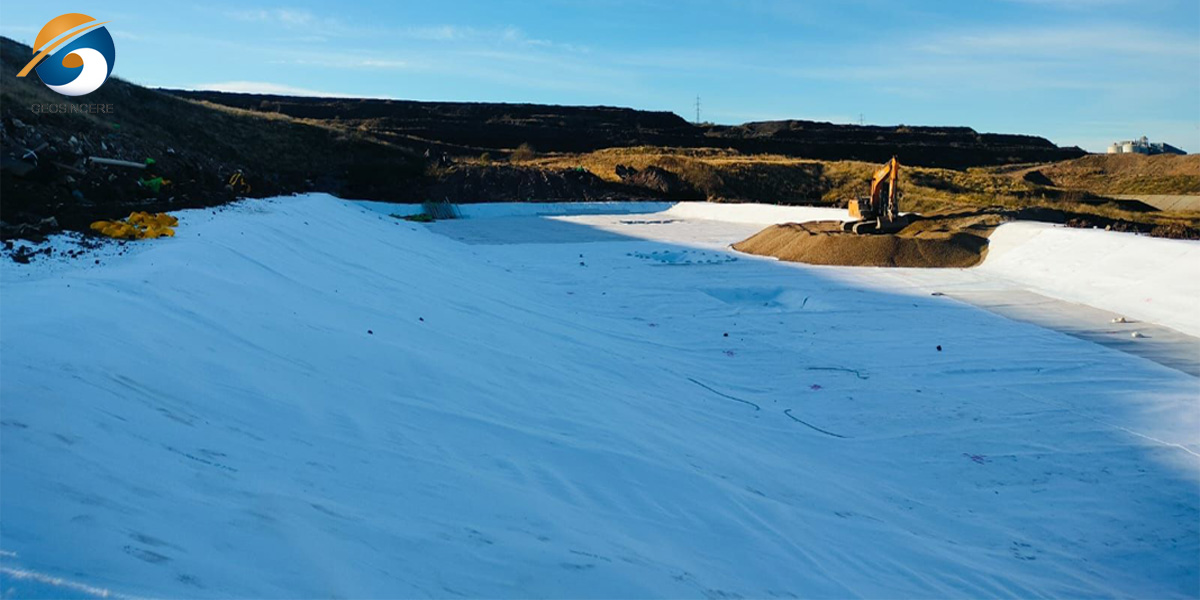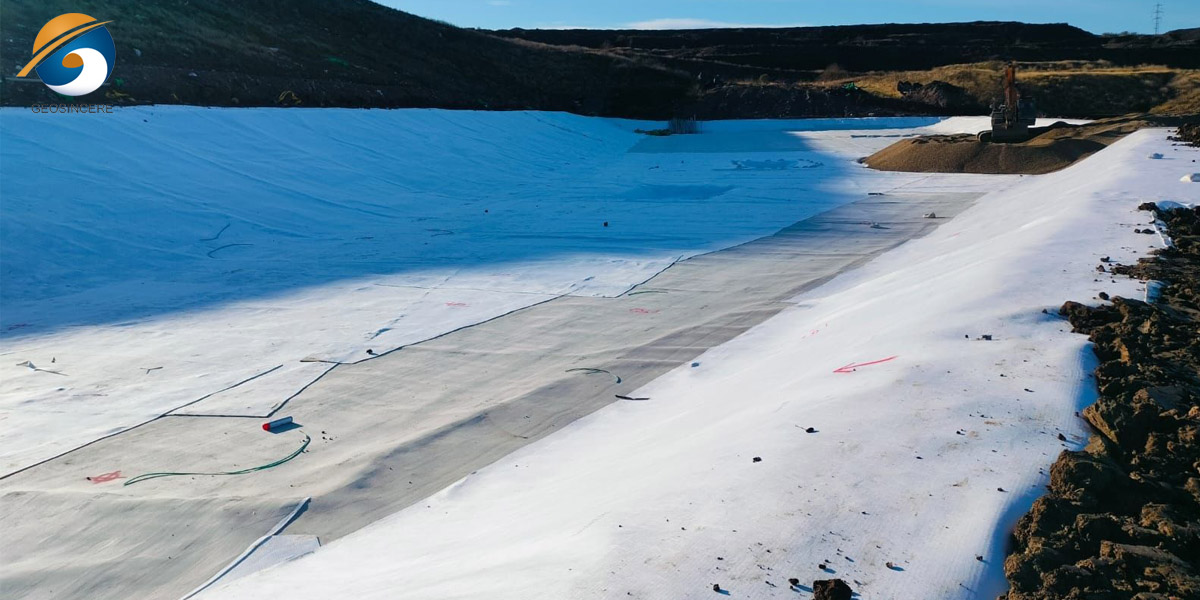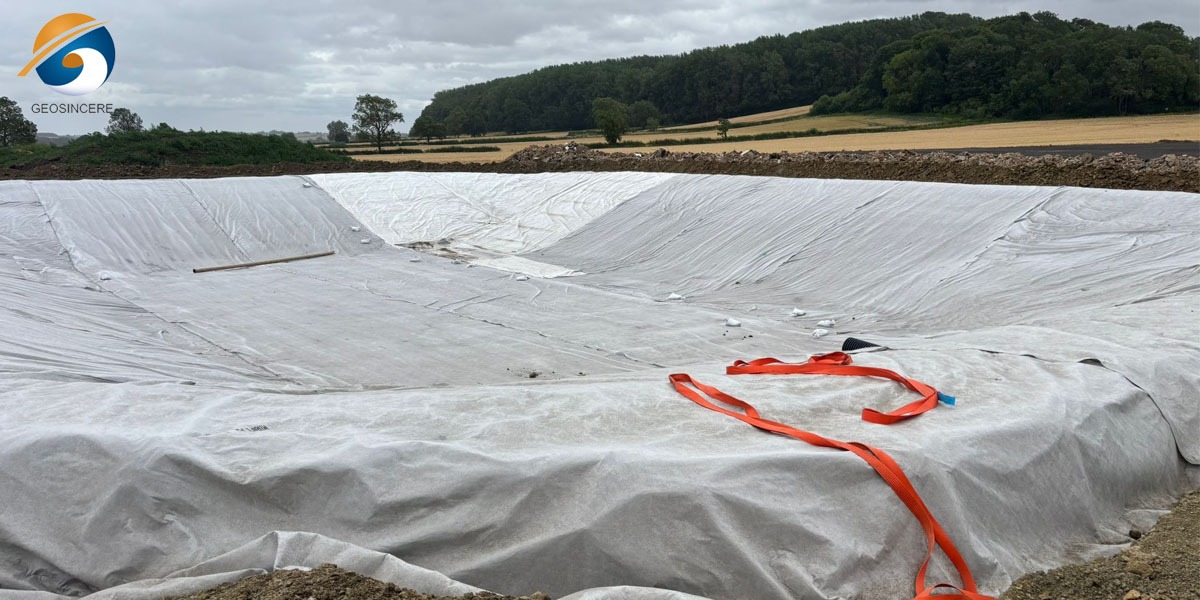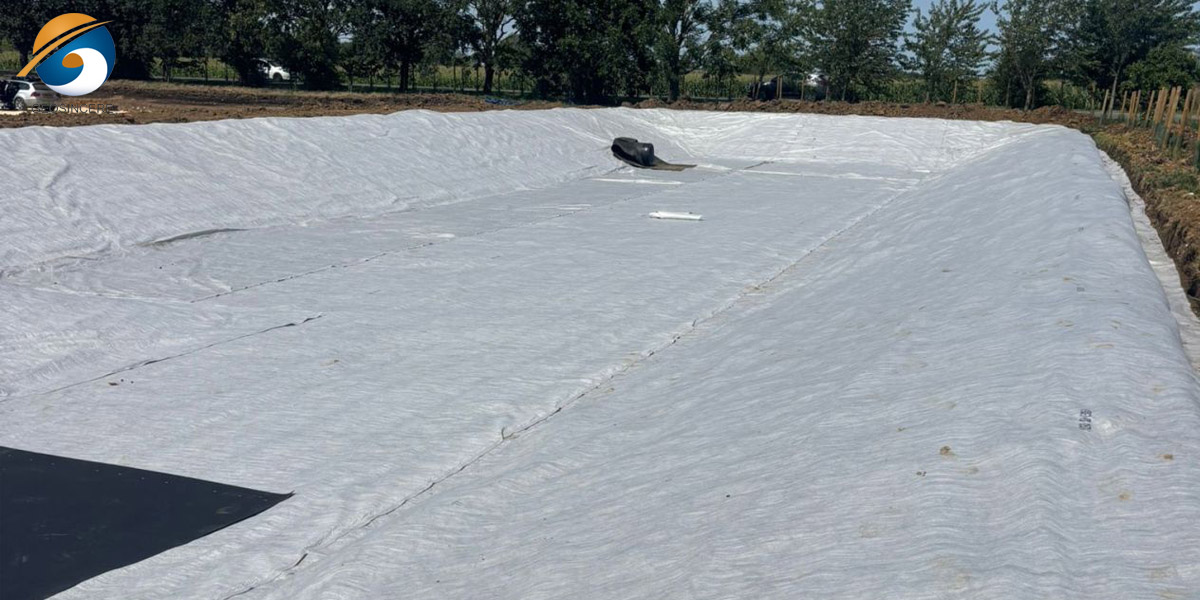What is Driveway Filter Fabric?
If you're planning a new gravel driveway or battling to maintain an existing one, you've likely come across a recommendation for "driveway filter fabric." It might seem like an optional extra, a piece of geeky landscaping jargon that you can skip to save time and money. But what if this unassuming roll of fabric is the single most important factor between a durable, low-maintenance driveway and a perpetual, muddy money pit?
In essence, driveway filter fabric is not just a "cloth." It is the unsung hero of a stable gravel surface, a critical engineered layer that acts as the foundation for everything above it. Think of it as the skeleton of your driveway—an unseen yet indispensable component that determines the entire structure's integrity, lifespan, and appearance.
This comprehensive guide will demystify driveway filter fabric, exploring its science, its undeniable benefits, and why overlooking this step is the most common and costly mistake in gravel driveway installation.
1. Deconstructing Driveway Filter Fabric: It’s Not Just "Weed Barrier"
At its core, driveway filter fabric is a type of geotextile fabric—a permeable synthetic textile engineered specifically for civil and environmental applications. Unlike a standard tarp or plastic sheeting, its design is precisely calibrated to perform under the harsh, demanding conditions of a sub-grade environment.
Manufactured primarily from robust polymers like polypropylene or polyester, it is created through a process of needle-punching (for non-woven) or weaving (for woven), resulting in a tough, porous sheet. This specific construction gives it two mission-critical properties:
- Permeability: It allows water to pass through it vertically, facilitating drainage and preventing water from pooling beneath your gravel.
- Separation: It creates a permanent, physical barrier that keeps the soft, malleable soil subgrade separate from the hard, structural gravel aggregate above.
2. Crucial Distinction: Non-Woven vs. Woven Driveway Filter Fabric
Not all geotextiles are created equal for driveway use. The two primary types serve different purposes:
2.1 Non Woven Driveway Filter Fabric (The Ideal Driveway Filter Fabric)
This geotextile non woven resembles felt. Its fibers are randomly arranged and mechanically bonded through needle-punching, creating a dense, web-like matrix. This structure is exceptional at filtration and separation. Non woven geotextile prevents fine soil particles from migrating up into the gravel while still allowing water to drain through. For the vast majority of residential gravel driveways, a heavy-duty non-woven geotextile is the correct and recommended choice.
2.2 Woven Driveway Filter Fabric
This type looks like burlap or a grid-like plastic sheet. It's made by weaving individual threads together, resulting in high tensile strength. It's excellent for stabilization and reinforcement on very soft subgrades (like pure mud), but its filtration capabilities are generally inferior to non-woven fabrics, as it can clog more easily over time.
Using the wrong type can be as detrimental as using none at all. A woven fabric that doesn't filter properly can trap water, creating the very problem you're trying to avoid.
3. The Compelling Case for Driveway Filter Fabric: 5 Reasons Your Driveway is Begging for It
To understand why filter fabric is non-negotiable, you need to understand the forces working to destroy your unprotected gravel driveway.
3.1 The Battle Against Rutting and Sinking: Structural Stability
This is the polyester geotextile's primary role. Without a separation layer, heavy gravel sits directly on damp soil. When vehicles drive over it or rain saturates the ground, the soil becomes pliable. Under pressure, the sharp edges of the gravel gradually push down into the soft earth, while the muddy soil is forced upward into the voids between the gravel stones.
This destructive process is known as mechanical interlocking and contamination. The result is a bumpy, uneven driveway plagued by ruts and depressions. You find yourself constantly adding more gravel in a futile attempt to fill the voids, only for the new stone to also disappear into the mire. Non woven geotextile fabric stops this cycle by distributing the load and creating a definitive boundary, ensuring a stable, non-mixing base.
3.2 The Science of Drainage: Preventing Waterlogged Mud
A well-built driveway should act like a sieve, allowing water to pass through and drain away. If water filters through the gravel only to be trapped by a layer of compacted, impermeable soil, it creates a hidden reservoir beneath your driveway. This leads to:
- A Perpetually Muddy Surface:Water is drawn back up into the gravel through capillary action, keeping it constantly damp and soft.
- Frost Heave: In freezing climates, trapped water freezes and expands, pushing the gravel surface upward and creating cracks and humps. - When it thaws, the ground softens, leading to massive ruts.
- Subgrade Failure: A water-saturated soil base loses all its load-bearing capacity, accelerating the formation of ruts and sinkholes.
Needle punched geotextile fabric acts as a one-way gate for water, enabling it to pass through and drain laterally away, keeping the gravel layer and the soil base dry and structurally sound.
3.3 Effective and Chemical-Free Weed Suppression
While not its primary function, weed control is a significant secondary benefit. Weeds need soil and sunlight to germinate and thrive. By placing a physical barrier over the soil, you eliminate the seed's access to the nutrient-rich earth below. While some wind-blown seeds may settle in the gravel itself, they will struggle to establish a deep root system without contact with the subsoil.
Unlike impermeable plastic weed barriers, fabric geotextile is "breathable," allowing for vital gas exchange and water movement, which maintains a healthier soil ecosystem beneath without creating anaerobic, acidic conditions.
3.4 Long-Term Cost and Labor Savings
The initial investment in a quality filter fabric might seem like an added expense. However, this is a classic case of "pay a little now, or pay a lot more later."
- Drastically Reduced Gravel Top-Ups: Without contamination and sinking, your gravel layer maintains its thickness and integrity for years, eliminating the recurring cost and labor of dumping and spreading new stone.
- Elimination of Major Repairs: You avoid the significant expense of having to completely regrade and re-compact a failed driveway sub-base.
- Dramatically Reduced Maintenance: Say goodbye to weekly grading with a box blade and hours spent pulling weeds.
It is a one-time investment that pays for itself many times over through years of minimal upkeep.
3.5 Environmental Protection
By preventing soil and gravel from mixing, geotextile cloth reduces siltation in stormwater runoff, which is a major source of water pollution. Furthermore, by minimizing the need for chemical herbicides and reducing the carbon footprint associated with the frequent delivery of fresh gravel, it contributes to a more sustainable landscaping practice.
4. Driveway Filter Fabric - A Step-by-Step Guide to Proper Installation
Even the best geo fabric is useless if installed incorrectly. Follow these steps to ensure optimal performance:
4.1 Excavate and Prepare the Subgrade
This is the most critical step. Remove all topsoil, vegetation, and debris. Excavate to a depth that can accommodate the non woven landscape fabric and a minimum of 4-6 inches of compacted gravel. The goal is a firm, uniform base.
4.2 Grade and Slope for Drainage
Shape the subsoil so that the driveway has a slight crown (higher in the center) or a cross-slope of about 2% to facilitate water runoff. Your driveway should never be perfectly flat.
4.3 Compact the Soil
Use a plate compactor or a roller to thoroughly compact the exposed subgrade. A hard, dense base is the first line of defense against sinking.
4.4 Lay the Filter Fabric
Roll the geofabric directly onto the prepared subgrade. Ensure the fabric's "textured" or "fuzzy" side faces down towards the soil, and the smoother side faces up. Overlap adjacent rolls by a minimum of 12 inches to prevent soil from pushing through the seams.
4.5 Secure the Fabric
Use non woven geotextile membrane stakes or staples every 3-5 feet along the seams and edges to hold the geotextile drainage fabric taut and prevent it from shifting or bunching when you dump the gravel.
4.6 Place and Compact the Gravel
Dump your gravel (typically a mix of larger "base" stone and a smaller "top" stone like crushed gravel) onto the geotextile filter fabric. Spread it evenly to the desired depth and compact it in 2-inch layers for maximum stability.
5. Debunking Common Myths and Mistakes
- Myth: "I can use plastic sheeting instead."FALSE. Plastic is impermeable. It will create a bathtub effect under your driveway, trapping water and guaranteeing a structural failure.
- Myth: "My driveway is short, so I don't need it." Even a short driveway or parking pad concentrates vehicle weight. The laws of physics still apply, and the long-term benefit far outweighs the small initial cost.
- Mistake: Using a Cheap Landscape Fabric. The flimsy, black fabric sold at big-box stores for flower beds is not designed for the load-bearing demands of a driveway. It will tear and fail quickly. Always invest in a heavy-duty, non-woven geotextile rated for driveway and road use.
- Mistake: Not Overlapping Seams. Failing to create a continuous barrier at the seams is a common point of failure, allowing soil to contaminate the gravel.
Conclusion: The Indispensable Foundation for a Lasting Driveway
Shandong Geosino New Material Co., Ltd (Brand: GEOSINCERE Geosynthetics) driveway filter fabric is not an optional accessory; it is a fundamental component of a professional-grade, long-lasting gravel driveway. It is the intelligent solution to the core problems of instability, poor drainage, and high maintenance that plague unprotected installations.
By understanding its engineered purpose and installing it correctly, you are not just laying down a piece of cloth. You are investing in the very foundation of your property's access and curb appeal. You are ensuring that your driveway remains firm, functional, and aesthetically pleasing for years to come, saving you significant time, money, and frustration. When you plan your next gravel project, give this "unsung hero" the central role it deserves. Your future self will thank you for it.








